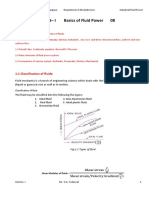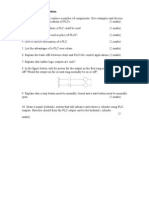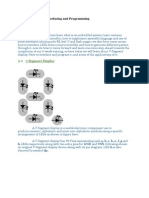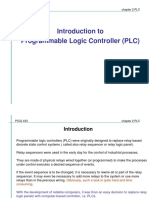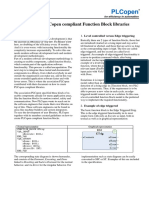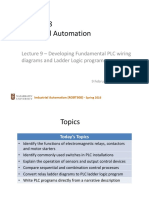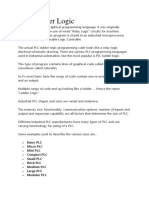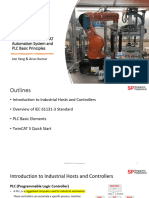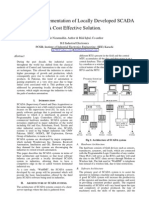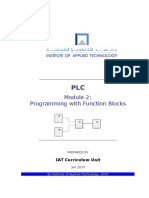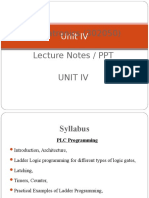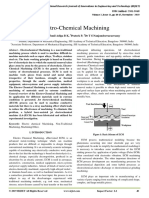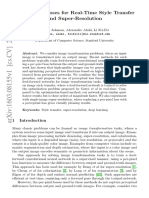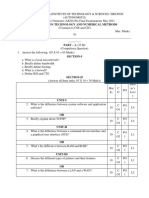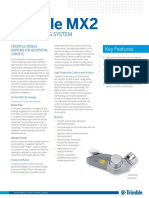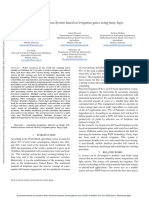0% found this document useful (0 votes)
149 views61 pagesPLC Programming and Architecture
This document provides an overview of programmable logic controllers (PLCs), including their architecture, programming, and applications. It describes the basic components of a PLC like input and output modules, the central processing unit, memory, and power supply. The document also covers programming PLCs using ladder logic and practical examples of programming timers, counters, and other logic functions.
Uploaded by
HOD MechanicalCopyright
© © All Rights Reserved
We take content rights seriously. If you suspect this is your content, claim it here.
Available Formats
Download as PPTX, PDF, TXT or read online on Scribd
0% found this document useful (0 votes)
149 views61 pagesPLC Programming and Architecture
This document provides an overview of programmable logic controllers (PLCs), including their architecture, programming, and applications. It describes the basic components of a PLC like input and output modules, the central processing unit, memory, and power supply. The document also covers programming PLCs using ladder logic and practical examples of programming timers, counters, and other logic functions.
Uploaded by
HOD MechanicalCopyright
© © All Rights Reserved
We take content rights seriously. If you suspect this is your content, claim it here.
Available Formats
Download as PPTX, PDF, TXT or read online on Scribd
/ 61










